In Russia, this plant, having funny flowers, is called lion zev or "dogs". In France, this is "Gueule De Loup", which is translated as "the mouth of the wolf." And in England it is "Snapdragon", which literally means "grabbing dragon". On Latin, the name of the flower sounds like "anti-crunch". It is formed from the confluence of two Greek words that are translated as "similar to the nose". Our article will help to navigate in delicious modern varieties and grow chic flower beds with a lion zev.
Interesting about lion zev
The homeland of these herbaceous plants (or semi-historics) consider the territory of the Mediterranean. Many of his species in natural conditions is found in Italy, Spain, in France, in the northern part of the African continent, as well as in the western part of North America. In his homeland and in warm edges, he grows as a perennial, we are mainly grown as an annual culture. The height of the compact or highly branching bustle can be from 15 cm and up to 120 cm. In oblong or lanceal in the form of leaves, not only green painting is found, but also greenish-purple, greenish-bronze or in all a pedestrian.
It is impossible not to pay attention to the flowers of the lion's oz. The crown is represented by five petals consolidated at the bottom. From above, nature, as it were, formed the upper "sponge" of two bends, and the lower part is represented by three petals. The outlines of the flower are similar to the miniature fruit dragon or lion. You can do such a "focus". We tear one flower and gently with two fingers pressed on his sides. And at that moment "lion's mouth" (and someone will seem that the dog or dragon) suddenly opens. Now you can meet anti-irrimums not only with lemon, white, pink flowers, but also purple, orange, crimson, salmon, lavender, double, iridescent, supplemented with spectacles and strokes. Simple double flowers or terry form gorgeous pyramidal or corpid brushes, adorning the garden from June and before the arrival of stable autumn frosts. In each inflorescence, flowers can be from ten and up to sixty-five. Each flower is decorative and does not fade about 12 days. First, the flowers located at the bottom of the inflorescence are revealed, gradually the process of their disclosure is moving up. About fragrant inflorescences like to fly bumblebees and bees, for them it is a source of nectar. The seeds of the lion seed ripen in two-dimensional boxes.
Variety of varieties of lion zea
For the first time, German scientists began to engage in breeding work, taking the type of anti-riga to the original material. And now in the catalogs there are already more than a thousand wonderful varieties of this plant. In height, the classification of varieties is as follows:
- giganisky - the growth of these "giants" from 90 to 120 cm;
- tall (Cotable) - from 60 to 80 cm;
- the average (universal) - from 40 to 60 cm, their main escape is slightly towers above those that are counted to the second-order shoots;
- sharpening (well branched on lateral shoots) - from 25 to 35 cm;
- dwarf (potted) - below 20 cm.
Now there are varieties not only with double flowers, but also open. Such open forms are represented by bells, penstoke-like and non-comiastic flowers. They don't hit the petals in the "lip".
Varieties whose shoots grow more than 90 cm:
- "The Rose" (its flowers sparkle with satin glitter);
- "F1 red XL" (this hybrid red color flowers);
- "Arthur" (distinguished by large flowers of cherry color);
- "F1 pink xl" (flowers saturated pink color).
Of the tall (suitable for cutting) are very popular as follows:
- "Canary" (in flowers, saturated yellow color);
- "Anna Herman" (flowers are painted in light pink shades);
- "Alaska" (coloring of flowers is greenish-white);
- "Volcano" (flowers of different shades of yellow);
- "Goshenka" (fire-orange flowers);
- "Rocket Lemon" (gentle-lemon);
- "Rocket Orchid" (Lavender-blue flowers);
- Rocket Bronze (Pink salmon flowers, with a pleasant orange tide and yellow splashes);
- Makhaon (combination of yellow and raspberry);
- "Maxi Orange Vorder" (pink-orange large inflorescences);
- "Velvet Giant" (large purple-red-black flowers);
- BRILLIANTROSA (very fragrant pink inflorescences).
The universal (average) includes:
- "Scarlet Monarch" (red-burgundy color);
- "Golden Monarch" (Yellow Flowers);
- "WHITE MONARCH" (white flowers);
- "RUBI" (brightly pink color);
- "Lipstick Silver" (white-pink color);
- "TAG und Nacht" (white-red flowers) - plants do not fade under the action of bright rays of the sun, do not run away from the wind;
- Rosella and "Wildrose" (pink flowers);
- "LibesGlut" (red-raspberry inflorescences);
- "Bizari" (this hybrid gives yellow flowers with dark specks and strokes).
And here are representatives of short and dwarf groups:
- "Lemon Shcherbet" (frost-resistant plants giving fragrant flowers painted in lemon-yellow color);
- "Apple color" (on a compact bush all summer are revealed large flowers of gentle color);
- "Sunny ray" (throughout the dacha season, this plant gives fragrant, rich-yellow flowers);
- "Peach with cream" (stuffed bushes, compact, give delightful flowers of cream-peach painting);
- "TIP-TOP";
- "Hobbit" (its wide open flowers can be white, as well as pink, orange, yellow shades);
- "Magic Carpet";
- "Chimes";
- "Floral Showers";
- "Tom thumb" (forms lemon flowers with dark specks).
Original terry (azalia-shaped) flowers are obtained at the Madame Butterfly mixture, Twinny Violet, Twinnie Peach, Twinnie Roses.
"Rubic Star" - this variety is interesting in that it gives cherry flowers, similar to the stars.
The variety "Lampion", as well as "Candy Showers", was specifically created for vertical landscaping (these are ampel forms).
Take the cultivation of lion seed from seeds
If you encounter the seeds of this plant from March 1 to March 15, then the first flowers will be revealed at the end of May or in the first week of June. So, take the boxes or low containers. Place the small drainage material on the bottom. Then fill the containers with the substrate. You can take a ready-made soil in the store or mix the scarce ground with river sand yourself. Another variant of the substrate is the mixing of two parts of the turf of the land and one part of the nonclaimed peat. To make it easier to work with very small antirrinum seeds, mix them first with sand (river). Either make sowing these dark seeds on a small layer of snow, which was brought from the street, distributed on the substrate. Snowfall quickly melts, "grabbing" with me and these seeds. The substrate in which you define seeds are predefined to moisten from the sprayer. When the seeds were distributed over the substrate, then only slightly sprinkle them with light soil. For germination, they need light. Cover the capacitance with a film or glass, set to the window. Every day the glass is briefly removed, wipe the cloth with a napkin. Check whether it is not necessary to moisten the substrate from the sprayer. And then reap capacities again. If in the room 23 (or more) degrees, then you will start noticing about 12-14 days later. When shoots will already become more (after 3-4 days), then you can remove the glass (or film). Now take seedlings in a cooler, but bright place. The first weeks the seedlings very slowly show their height. Your task will be only to be only enough to water my spokes in the morning so much. Just do not allow the Earth to overlook, otherwise the seedlings will quickly affect the "black leg" (a disease leading to the death of the sprout). When there are four sheets on seedlings (including seeds), they can be carefully signed in small cups of plastic. The pot is allowed to dive three seedlings. If the seedlings are standing on the window, then you will open the window for a while - let them harde. Just follow the seedlings of the lion's oyev, it is not disturbed by draft. So that the seedlings began to close when they are four good leaves on them, slightly pinch their tops. If the side shoots will go to height, then they can also be discharged. During the time when seedling is at home, it can be filled with a mineral complex.
Lion zev: landing in open ground
Focus on the weather when a strong, old antirinum seedlings send to permanent residence. Approximate terms - this is the second half of May or the first days of June. Do not be afraid of my pets, the night cooling by the tempered "imprint" will not harm. Antirrinums are better shown at sunny places, but it is allowed to "settle" them and in a half. But the "living space" must somehow be protected from the busting of the wind, otherwise the poe maguts with blooming "dogs" from his actions. The soil of lion's zev is needed loose and rich in nutrients. It is suitable for a mixture of compost, peat ground and sand. When boarding the lion's oz, consider that between plants belonging to the group of tall varieties, it is necessary to leave a distance of 40-45 cm. Between representatives of average varieties should be a distance of 30 cm, and between low and dwarf - 15-20 cm. Plants together With an earthen room, remove from the cups (or pots) and place in the moisturized wells.
Here are some ideas for accommodating Anti-Rica:
- As a beautiful bright border on the edges of the garden tracks.
- Group landing of different varieties against the background of a green lawn.
- At the flower bed, the lion zev will be effectively combined with cosmeys, lobularities, floccals, sage, bush petunias, left-handed, poppies, annual chrysanthemums.
- Low varieties are suitable for accommodation in vases near buildings.
- From dwarf varieties, beautiful bright "blooming mats" are obtained, they are suitable for mountaineering and rocaria.
- The container with a lion zev can be put on the veranda.
- It's not difficult to choose expressive compact varieties for a loggia or balcony.
- Pendant porridges, vases and baskets with ampel lion yawn will decorate the walls of any terrace, veranda.
As soon as young antirrinums are "coordinated" in a new place, they will quickly make a green mass and will soon show their unusual colors.
It should be added that in the warm regions, the anti-irrimum seeds are seeded immediately into the open ground as soon as this will make the weather (usually in April). Then this bed is covered with a film for a while. In the future, such seedlings are necessarily thinned.
Recommendations for the care of lion zev
After the transplantation, so that the antirrinums are faster in the new setting, check the first week so that the soil is moist. If there is no rain, then in the morning I wrap. Watering is very important at that time when the anti-crunch reveal the flowers. Just remember: dampness, evening watering these colors can seriously harm. What is it even desirable to do for good development and education of large inflorescences?
- Regular loosenings of the Earth and weeding are more expedient to combine them and spend on the evening. A simple rule: less weed herbs, then you don't have to fight pests and diseases.
- If you have tall antirrinums, then it is better to tie them (to spicks, fences) so that they do not lie, do not break in case of non-weather (strong rain and wind).
- So that blooming continued as long as possible, cut off the floral inflorescences after all the flowers fade them. If you want to assemble your seeds, then leave on the plants to divert two or three knit boxes on the bottom of the infloresception. The rest of the dried flowers of this inflorescences are removed.
- For the season, spend two densectures of anti-rays. For the first (it is carried out 10 days after transplanting to a flower garden) Take a nitroposka or the organic (known to all the keysuckle or a korovoik in a broken form). For the second (it is done when boutons appear), buy mineral complexes for blooming representatives of the flora.
Usually in caring gardeners that weeds are on time, do not thicken the landing, they carry out the right watering, the plants lion zev do not hurt. They are very rarely affected by rust (the appearance of red specks), septorize (leaves spoil gray spots having a yellowish border and black dots), fusariosis, rot (root or gray). If a patient plant noted, it is better to remove it so that it does not infect other landings. Soil in this place is treated with a solution of mangartage and antifungal agents. Fungicides spray both plants that were near the remote specimen.
Advanced anti -rrimons can slugs, shields, scoops, waves, gallic nematodes, ticks. If these insects do not do anti-random, it is not necessary to do without such drugs as "Aktellik", "Carbofos", "Phyto-Verm".
Those plants that you really liked, in October you can dig and put in the floor vase or container along with the earth. Then bring them to the house (or on the loggia), then they will continue their bloom.
In areas of the middle strip, anti-crime are usually grown as annuals. And yet they sometimes suffer normally wintering. Want to try to keep plants in the garden? Then in October or November cut the stems so that 5-9 cm remains from the surface of the earth. Then cover them with a mixture of peat with sawdust (or straw, dry foliage).
If the next year you plan to plant a newly lion zev as an annual, then in the fall all the blooming plants will pull out, burn. And the soil must be unpacked.
The cultivation of the lion zea is a grateful and fascinating. Every year I want to add all new and new varieties to the flower garden, to then look at the original flowers, inhale their sweet fragrance, surprise long and abundant flowering and get positive emotions.

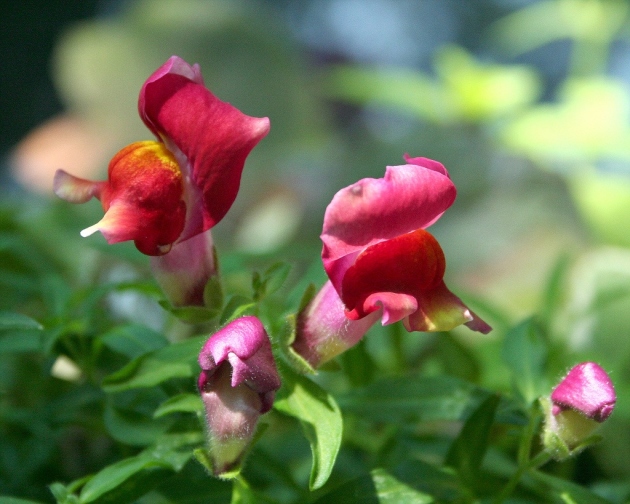

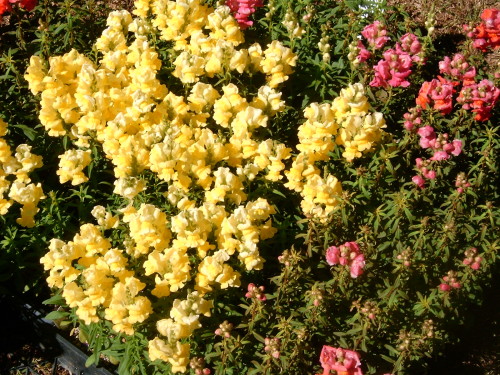
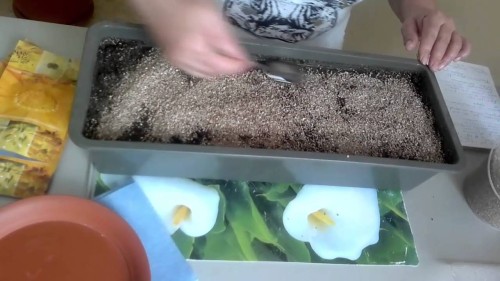
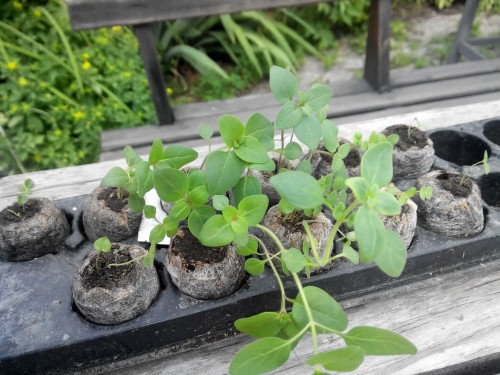
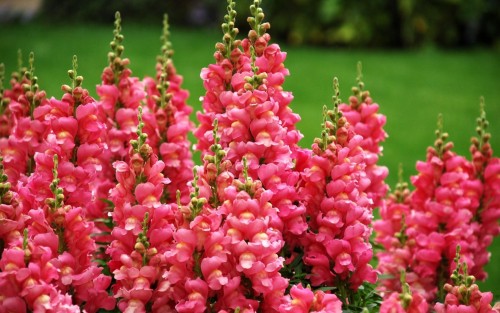
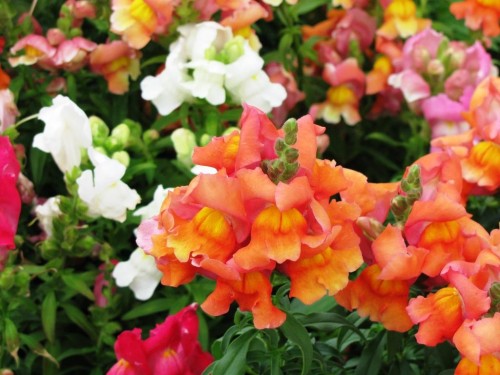
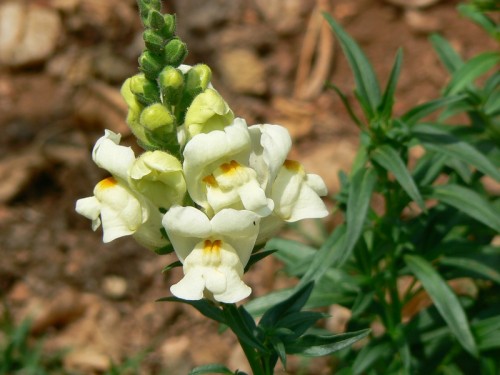
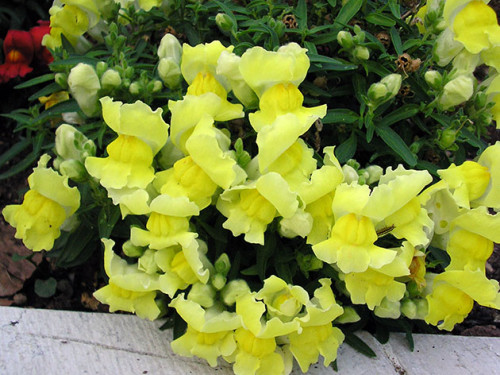
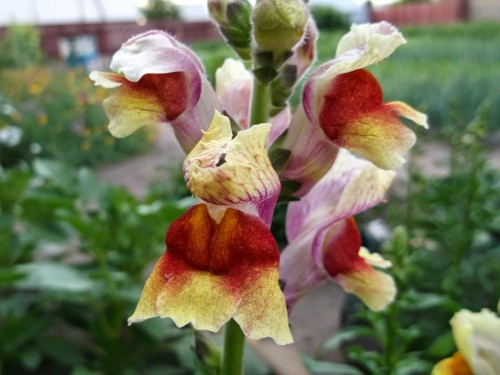












 Start a discussion ...
Start a discussion ...